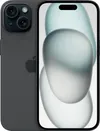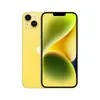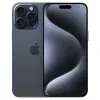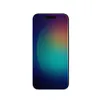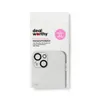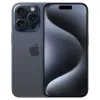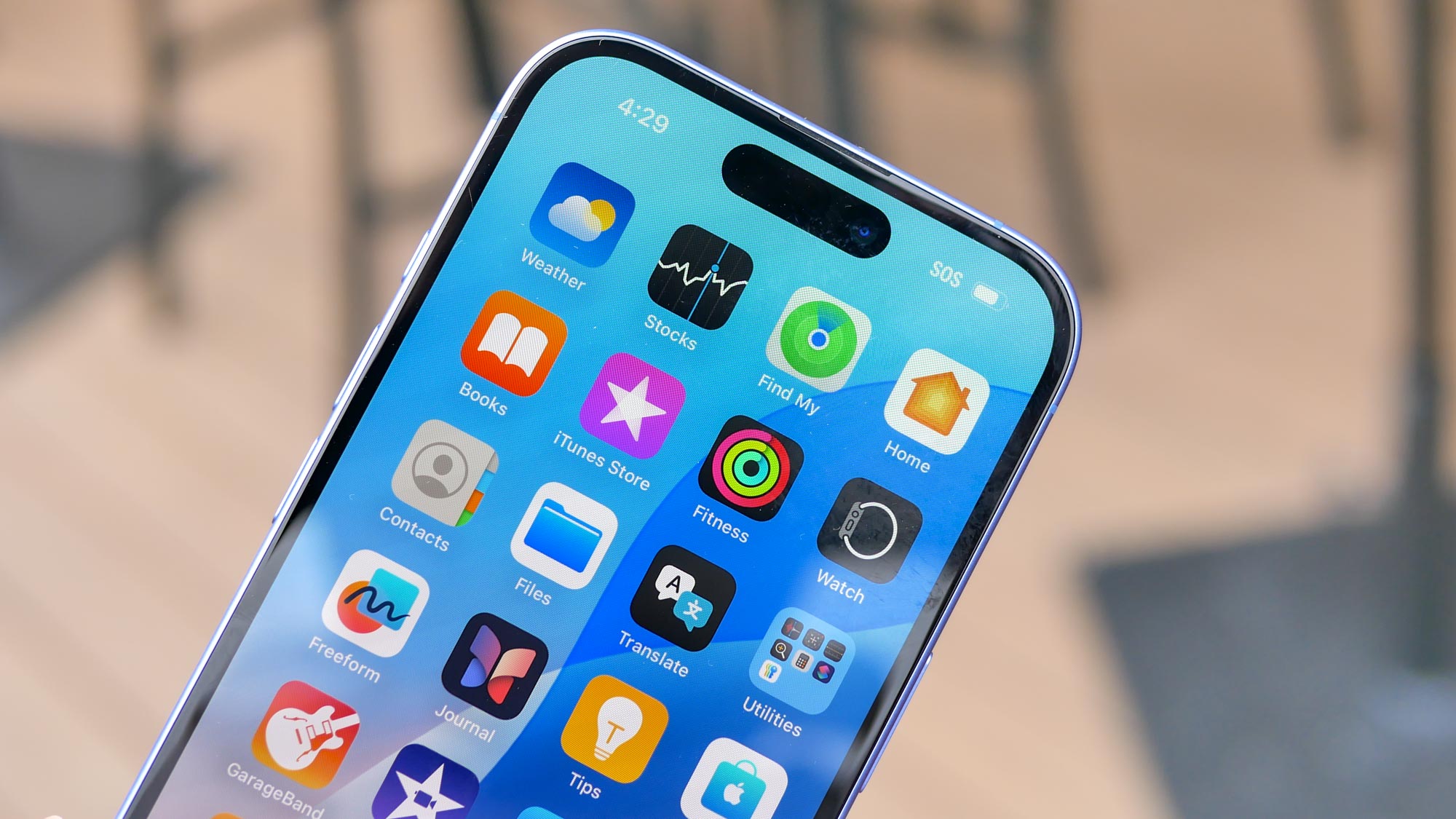iFixit says that Apple’s self-repair diagnostic tool is actually good
Far from perfect but a step in the right direction
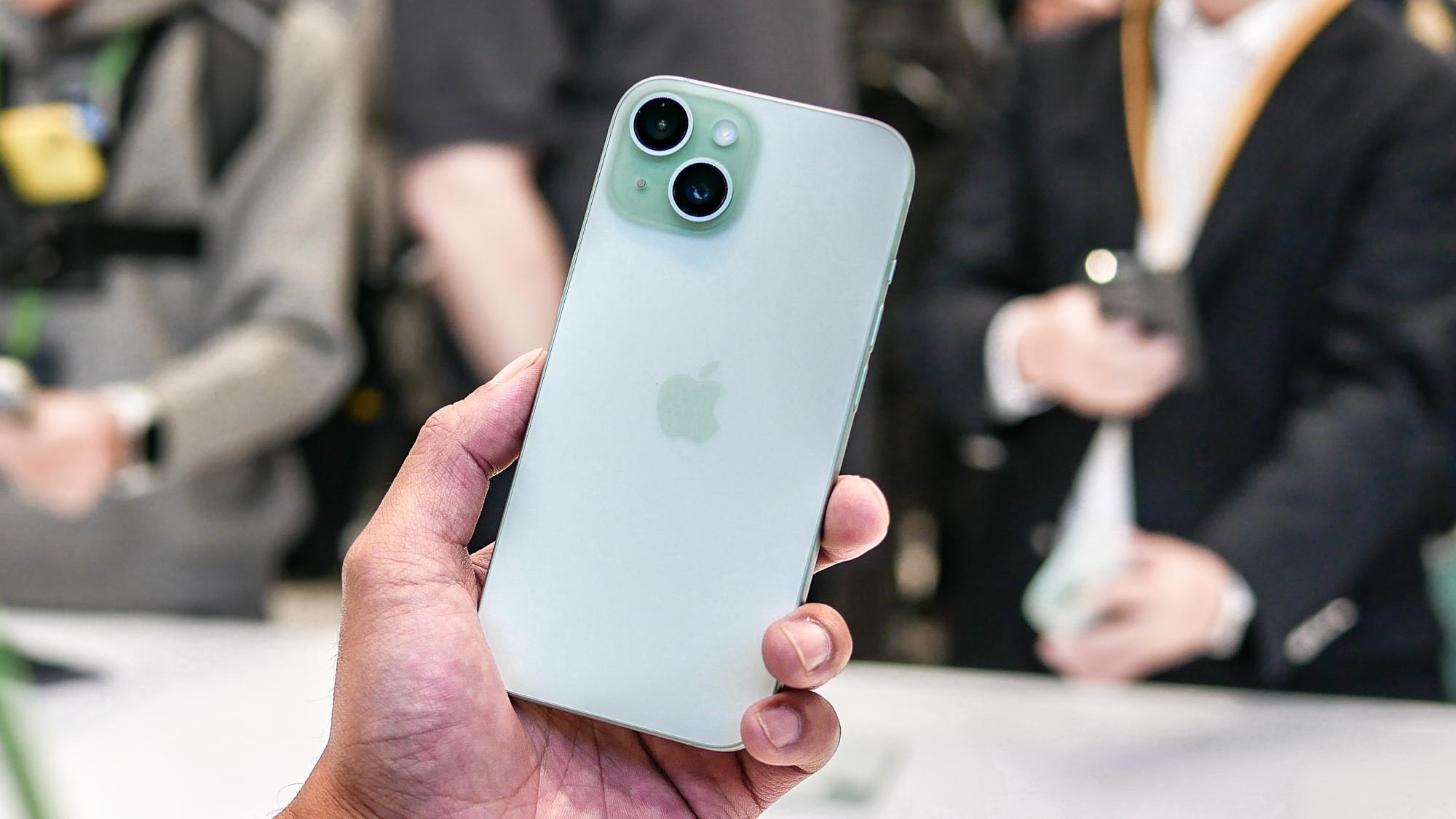
When it comes to DIY repairs, Apple has made a surprising amount of progress over the past couple of years. Historically, the company was pretty strict about who was allowed to repair iPhones and other Apple devices. To the point where I still find it rather strange to see Apple being praised for some of its DIY repair tools.
iFixit has been digging into Apple’s diagnostic software tool, which was released last December to comply with New York’s newest right to repair law. The idea is that the tool opens in a web browser and can diagnose hardware faults through a series of validation tests — helping you work out where the problems are.
iFixit found that this tool is genuinely useful for repairs, but it’s got some feature limitations that let it down. In fac, the report claims that the diagnostic tool is “just shy of being actually useful for repair." Mainly because of how inconsistent it is.
Sometimes the tool will direct you to an Apple Support page, with tips on how to actually fix the problem. But in other instances you may be told that one of your Apple parts isn’t genuine or hasn’t been verified with Apple’s “parts pairing” software — but without any additional context.
There’s also a bug that prevents you getting additional information on components with a parts pairing issue. iFixit found that the whole tool page goes blank, and the only way to get around it is to open a browser tab in incognito mode after rebooting the iPhone back into Diagnostic mode. Not an ideal situation.
iFixit notes that the state of the tool seemingly reflects Apple’s attitudes to self repair. Just enough to show that it’s doing something, but not quite enough to make it a genuinely useful tool.
That said, there are plenty of upsides, and the site is “cautiously optimistic” about the diagnostic tools capabilities. One example of this is that you’re able to use the tool to check the extent of potential repairs without actually having to open up an iPhone to inspect everything manually. Similarly, anyone buying a used phone can check all the parts are working as expected.
Sign up to get the BEST of Tom's Guide direct to your inbox.
Get instant access to breaking news, the hottest reviews, great deals and helpful tips.
Third-party repair shops will get the most use out of this tool, with the ability to diagnose problems regardless of what the customer has told them. After all, the general public aren’t all tech geniuses, and the way they describe a problem may not be detailed enough to figure it out by yourself.
In an ideal world there wouldn’t be any parts pairing issues to cause problems. Let's just hope the rest of the world can follow Oregon’s example and try to outlaw that particular practice — despite Apple’s objections.
More from Tom's Guide
- Apple Watch could have come to Android — but Apple claims it wasn’t possible
- Apple sued by US government over iPhone monopoly — what you need to know
- Your iPhone can now get the iOS 17.4.1 update — here's why you should download it right now

Tom is the Tom's Guide's UK Phones Editor, tackling the latest smartphone news and vocally expressing his opinions about upcoming features or changes. It's long way from his days as editor of Gizmodo UK, when pretty much everything was on the table. He’s usually found trying to squeeze another giant Lego set onto the shelf, draining very large cups of coffee, or complaining about how terrible his Smart TV is.

